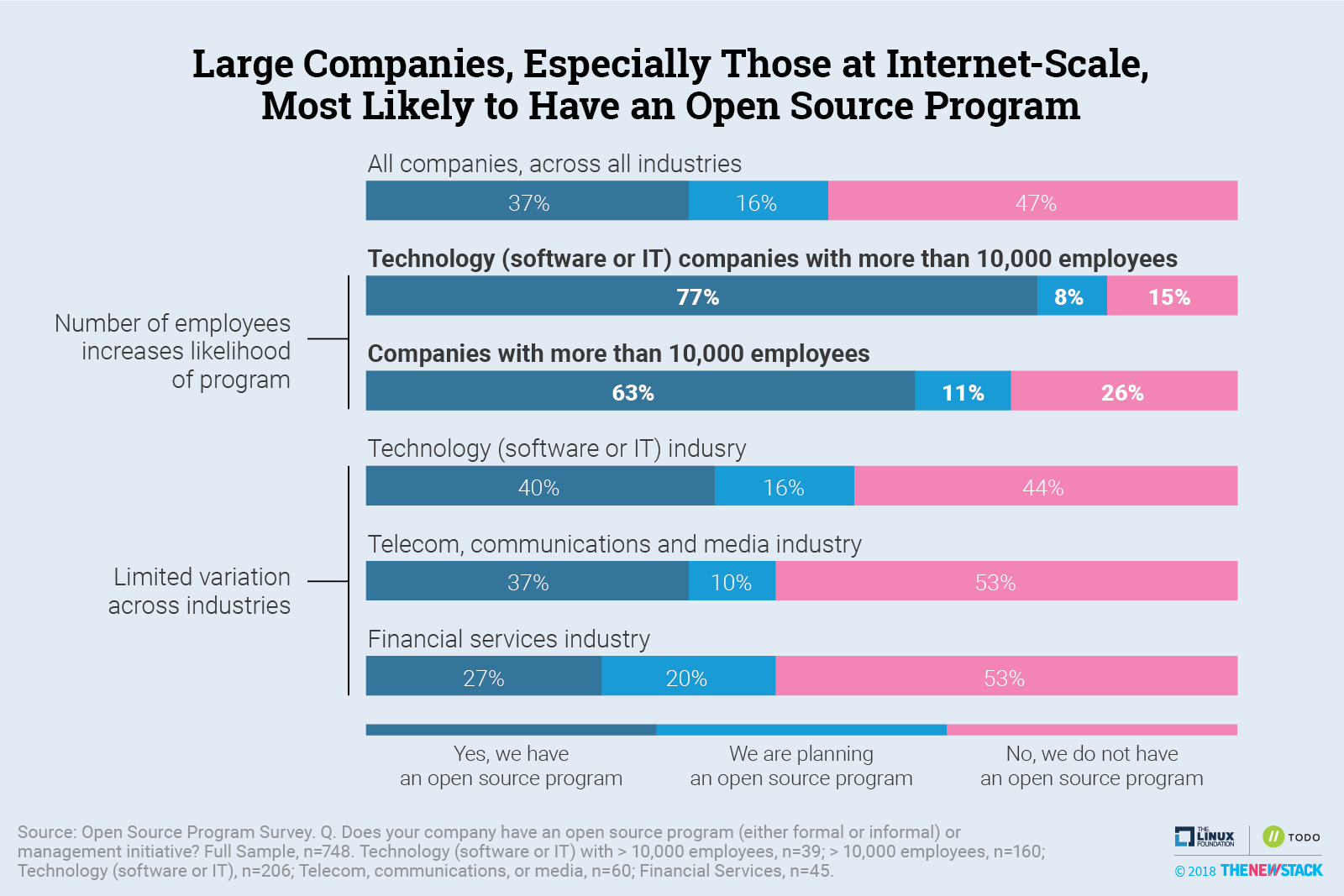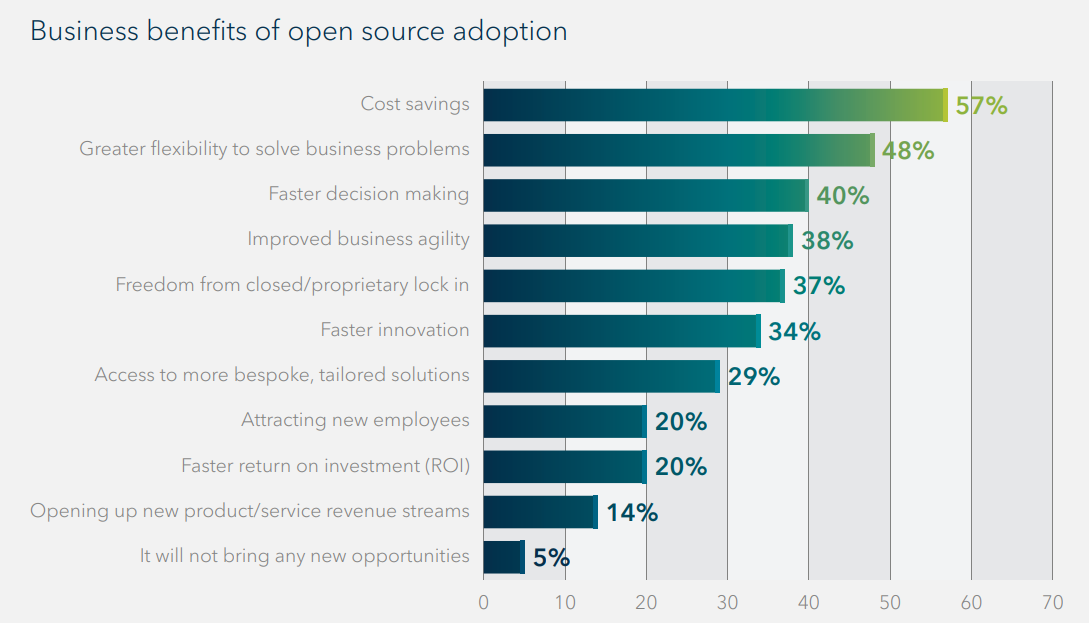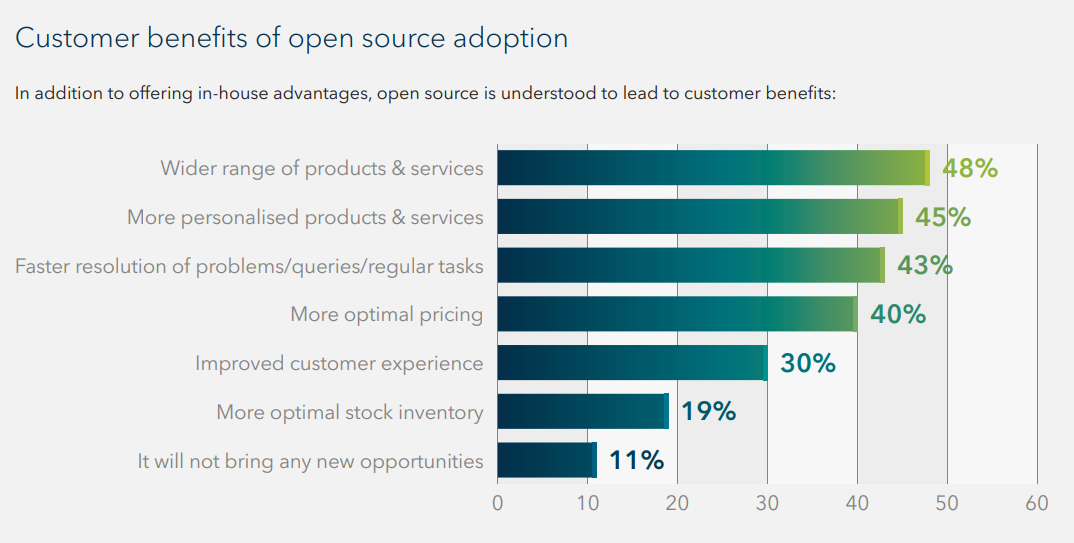This is the first of the two-part series on ‘Formulating a business case for a new CMS’. The first part debates on open source CMS and proprietary CMS. The second part will discuss various other factors that are to be considered before opting for a new CMS for your business.
A successful business is resultant of an array of decisions, whether big or small, leading to its conception, formulation and finally, execution. With digital being normalized to the extent where it is the only way we know of to access a ton of products and services, a solid online presence has come to be of utmost importance for a business. A lot of times, businesses prefer going for a CMS (Content Management System) instead of building a website from scratch, as a CMS gives you a pre-built website, good to go as it is, or easily customisable even without having a dedicated team of developers and related coding knowledge.
What are the options?
The first step towards making a business case is to weigh your available options side by side. As a business choosing a new CMS, you will be rendered the following options -
A) Proprietary Model CMS
A CMS built under the proprietary backdrop will have a unitary ownership. Every tool and feature available will be created and listed by the owner organisation, and will be served to the end user in a transactional manner, with not much deliberation involved as everything sources back to one single origin.
B) Open Source CMS
On the contrary, in an open source CMS model, apart from a few core features, contributions are invited from everybody. The model opens up avenues for discussion and innovation for its end users thus forming the likes of a community, working together for the greater goal.
Due to the community benefits that come along with an open source CMS, recent statistics point towards an increase in inclination towards adopting an open source model for a business.

The said benefits can largely be summed up in the following points.


Business Case : Open Source CMS vs. Proprietary CMS
For a better understanding of the business case for a CMS of either kind, let’s compare from various dimensions the features of Open Source and Proprietary CMS models with a business point of view -
The Costs
In a proprietary model, since it is the organisation that bears all the cost of maintenance, addition and subtraction of features, upgradation and bug fixation, it will recover these expenses in the form of subscriptions, licenses etc. You might need to pay yearly renewal fees or monthly usage charges. Along the line, be prepared for cost surprises, as they may initially be hidden, but will pop up soon enough.
If you’re wondering why to choose an open source CMS in this case, it is because it’s free to use with no charges in the form of subscriptions or premiums.
Hence, both the models do need some form of monetary support, and it is the business owners’ call what they want to invest their money on.
Customisation
With the homogeneity that comes with proprietary CMS models, also comes rigidity in terms of customisation and personalisation, since there’s very little that is left to you for deliberation. Hence, if your business thrives on establishing unparalleled user experience by tapping on features like personalised feed and customisable layouts, go for open source. An open source model remains connected to its user base owing to continuous contributions and ongoing discussions within the community, making the field research for customisation much easier.
On the other hand, if your requirements do not place much focus on the look and feel of the site, and rather banks on niche content for niche audiences, the associated costs and effort that comes with customisation is not that high utility for you and this is when to choose a proprietary CMS.
Complexity
Needless to say, all the additional features and tools make open source CMS unnecessarily complex. A small business with limited resources might find it too overwhelming to delve into web development especially if it is not their calling. However, the open source community, like that of Drupal, for instance, is available at your disposal any time. Just leave your questions in the dedicated forum, someone from the Drupal Community, that comprises millions of members, would surely revert. Or, if you wish to get web performance optimisation services or support and maintenance services, you can also partner with a digital agency which specialises in Drupal. In the case of proprietary CMS, with a single vendor to reach out to, things can be streamlined here as well.
Reliability
A proprietary CMS is a one-stop-shop experience, everything is handed out to you at once and you have very little to worry about if your area of expertise lies elsewhere. You can certainly rely on it in customary scenarios where you’re looking for greater stability of the product. But what must be kept in mind is that the ownership decides the lifespan of every service offered, and reliance takes a hit if the products you’ve based parts of your business on are changed opposite to your liking, or even removed. You also need to rely on the owners for bug fixes.
On the other hand, in case of an open source CMS, when our surrounding technology sphere undergoes change, open source is the first to reflect it, as it consists of users, and more importantly, contributors, from all across the globe. It gives one the freedom to work on a part of the software that is useful to them, hence creating their own safety net.
Security
Proprietary CMS models bank on security by keeping their source code under wraps, which might backfire as any bugs that creep into the source code will remain hidden from the public eye as well. Although the source code being open in open source models has drawn speculation, it is widely known for bug fixes being very prompt as multiple hands are working constantly to make it error free. Snyk found out in one of their reports that there were lower vulnerabilities reported across popular open source ecosystems, and that there was an improved security mindset within open source organisations.
Bulkiness
Proprietary software packages come in a bulk, installing various components that you might never end up using, as choosing exactly what to install isn’t everybody’s cup of tea. Open source softwares are based online, taking up negligible computer storage space. If bulkiness is your area of concern because you already have a lot of bulk on your plate, closed source might add to the problem.
Expertise Required
Open source is a developer’s paradise. If you have the expertise to work on an open source software or can afford people with the needed skills, nothing like it. However, if your website requires multiple people being on board to handle the content on a regular basis, it might not be the best choice for you. A closed source software doesn’t need any technical knowledge or coding skills to work seamlessly, while open source does. People with little to no technical experience can also work on proprietary software.
Innovation
The flexibility and space for innovation that comes with an open source software is unparalleled. Open source is like a self service buffet, each user is free to take what he or she wants, but it does not end there. New ideas for the betterment of the software and the community are always invited. In comparison, closed source models have a few people deciding on the features of the software, so it is impossible to cater to everybody. If your business’ future is to thrive on change and creativity, it is best to go for an open source model to avoid a fix in the future.
In open source communities, we see newer ideas and technologies on the ground not only sooner, but also on a continuous test drive with multiple technicians already working on the issues as soon as they’re detected. Open source CMS Drupal has held quite a starry record in unleashing new trends and making those functional as an open source platform. Macro trends in the industry like Continuous Delivery for superfast project deliveries, microservices infrastructure for small, autonomous services and machine learning for ‘intelligent’ web development’ have been brought to good use by Drupal. Hence, newer technologies see optimum utilisation with the backdrop of an open source community.
Most importantly, the satisfaction of working with open source and contributing to it
Contributing to open source also has a plethora of hidden, indirect benefits. A company that is known to contribute to the common good is sure to build a positive, welcoming and compassionate brand value both within and outside the company. Developers involved in working on the open source components would be interacting with similar abundantly skilled people from all around the globe. Hence, not only is open source the right thing to do, it is equally exciting and challenging to work on. A person constantly interacting with the community is bound to gain a lot of dynamic experience, leading to a much faster growth rate as compared to a stagnant worker. And at the end of the day, one walks home satisfied and content with the feeling of having contributed to the bigger picture, to have fulfilled a bit of their own social responsibility.
Companies as big units also find it important to provide funding to the community as a part of their CSR (Corporate Social Responsibility). Since they derive so much in terms of components and knowledge from the open source community, it only makes sense at the end of the day to give back to it. More on large companies' preference for open source here.
Drupal as an open source software has time and again seen how contributions and community engagement keep the platform afloat. Drupal acknowledges each contributor by issuing them credits for their work, and derives essential data from the trends of contributors. For example, if they see minimal engagement from a social or ethnic group, the inclusion statistics are likely to be revisited in order to analyse whether Drupal is accessible to everybody to engage and contribute in. Drupal also states in its Values and Principles that the bigger goal is to foster a learning environment leading to collaborative decision making and overall excellence. To know more, take a look at what makes open source recession proof, how it has tackled Covid-19 problems, and how Drupal stayed on top in the coronavirus pandemic.
At present, Drupal receives contributions from thousands of organisations and individuals who believe in the power of open source. Learn more about the approaches and perks of contributing to Drupal here.
Conclusion
The process of choosing a new CMS should be undergone carefully after thorough analysis of every aspect of the business cases for different softwares. The CMS is what you choose to represent and associate your brand image with, hence it should do justice to your goals, agendas and vision.


